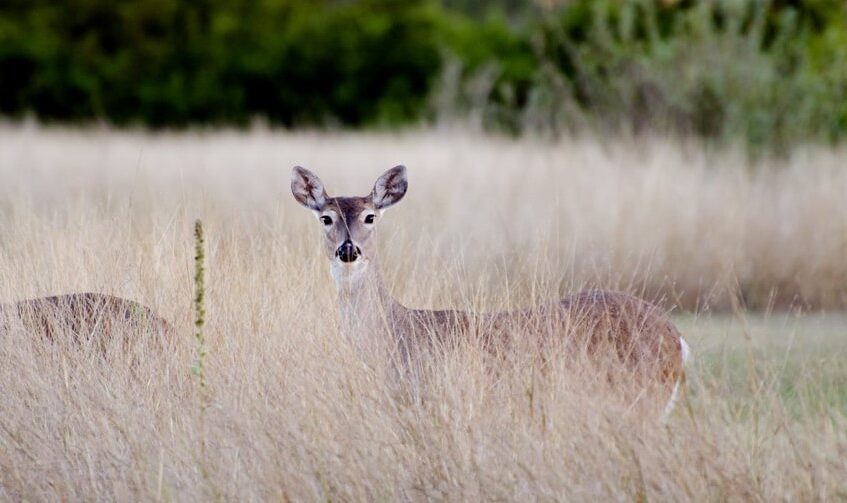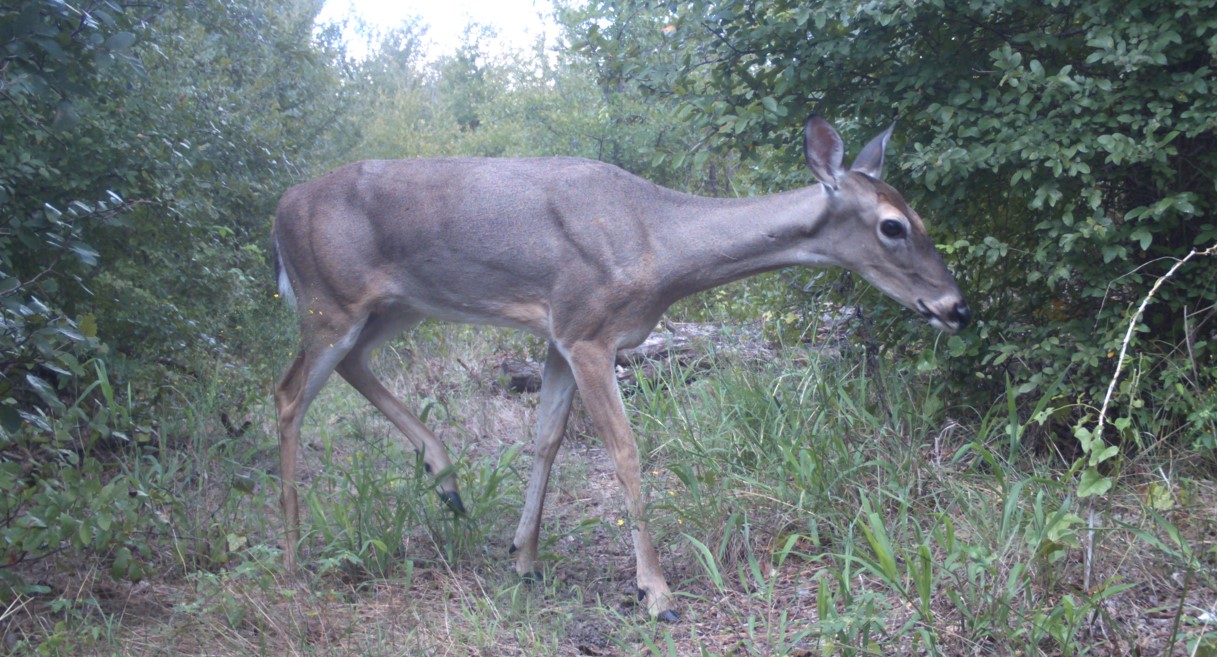Report Doe Harvest
With deer hunting season underway in Texas, it’s time for some hunters to report doe harvest in certain counties. As the four-day antlerless deer season approaches, taking place from November 28 to December 1, Texas hunters are reminded by the Texas Parks and Wildlife Department (TPWD) to report their harvests in a timely manner.
The short season, commonly referred to by hunters as doe days, will run in 21 counties. Hunters who harvest antlerless deer during this period, as well as those who hunt during the youth-only and muzzleloader seasons, are required to report their take within 24 hours. Submit harvest reports through the free Texas Hunt & Fish mobile app or through the TPWD’s Texas Hunt & Fish website.

Who Needs to Report Doe Harvest?
Mandatory harvest reporting is a critical tool for wildlife management. In fact, reports provide biologists with valuable data on hunting activity and its impact on local deer populations. In addition, by tracking harvest numbers, the agency can monitor the health of deer herds and make informed decisions about hunting regulations, which may lead to more opportunities for hunters in the future.
Hunters in the following Texas counties are required to report doe harvests during the four-day antlerless season:
- Austin
- Bastrop
- Caldwell
- Colorado
- Comal (East of I-35)
- DeWitt
- Fayette
- Goliad (North of US 59)
- Gonzales
- Guadalupe
- Hays (East of I-35)
- Jackson (North of US 59)
- Karnes
- Lavaca
- Lee
- Travis (East of I-35)
- Victoria (North of US 59)
- Waller
- Washington
- Wharton (North of US 59)
- Wilson
Report Doe Harvest & Bucks
Additionally, hunters in the four counties that have been designated for archery-only hunting—Dallas, Grayson, Rockwall, and Collin—are also required to report all white-tailed deer harvests through the Texas Hunt & Fish app. In these counties, this includes any deer harvested throughout all white-tailed deer seasons, not just during the antlerless season. Again, reporting must also be completed within 24 hours of the deer harvest. So, make sure to report doe harvest and buck harvest ASAP if you hunt one of these four counties.
State officials emphasizes that accurate and timely harvest reporting is essential for the effective management of deer populations. By collecting this information, wildlife biologists can analyze trends in deer populations, adjust management strategies, and make data-driven recommendations for future hunting seasons. Furthermore, this helps ensure that hunting opportunities remain sustainable and beneficial to both wildlife and hunters.

Doe Harvest is Deer Management
The harvest of antlerless deer is an important part of managing a deer population at any level. Proper doe harvests contributes to sustainable hunting practices, as white-tailed deer are a renewable resource. Additionally, landowners and wildlife managers can provide more hunting opportunities by keeping deer populations in check. Proper management of doe herds helps maintain healthy deer populations that are sustainable for both wildlife and hunters, ensuring that hunting remains a viable activity for future generations.
Removing does and decreasing the overall deer population generally improve native plant communities. Deer hunting is important for habitat management, whether managing for deer or other wildlife species. When deer populations exceed the carrying capacity of their environment, they over-browse plants, leading to habitat degradation. In fact, this can affect not only important deer plants, but also deer and wildlife species that rely on the habitat.
Surveying deer populations annually and reporting deer harvest each hunting season allows managers to track population changes from year to year. Commonly, bucks are generally the preferred target for whitetail hunters. However, proper doe harvest is more important for population and habitat management. Keeping records is also a good practice, so record and report doe harvest as well as buck harvest this season and for seasons to come. These data can provide real insights into what’s happening on your property over time.